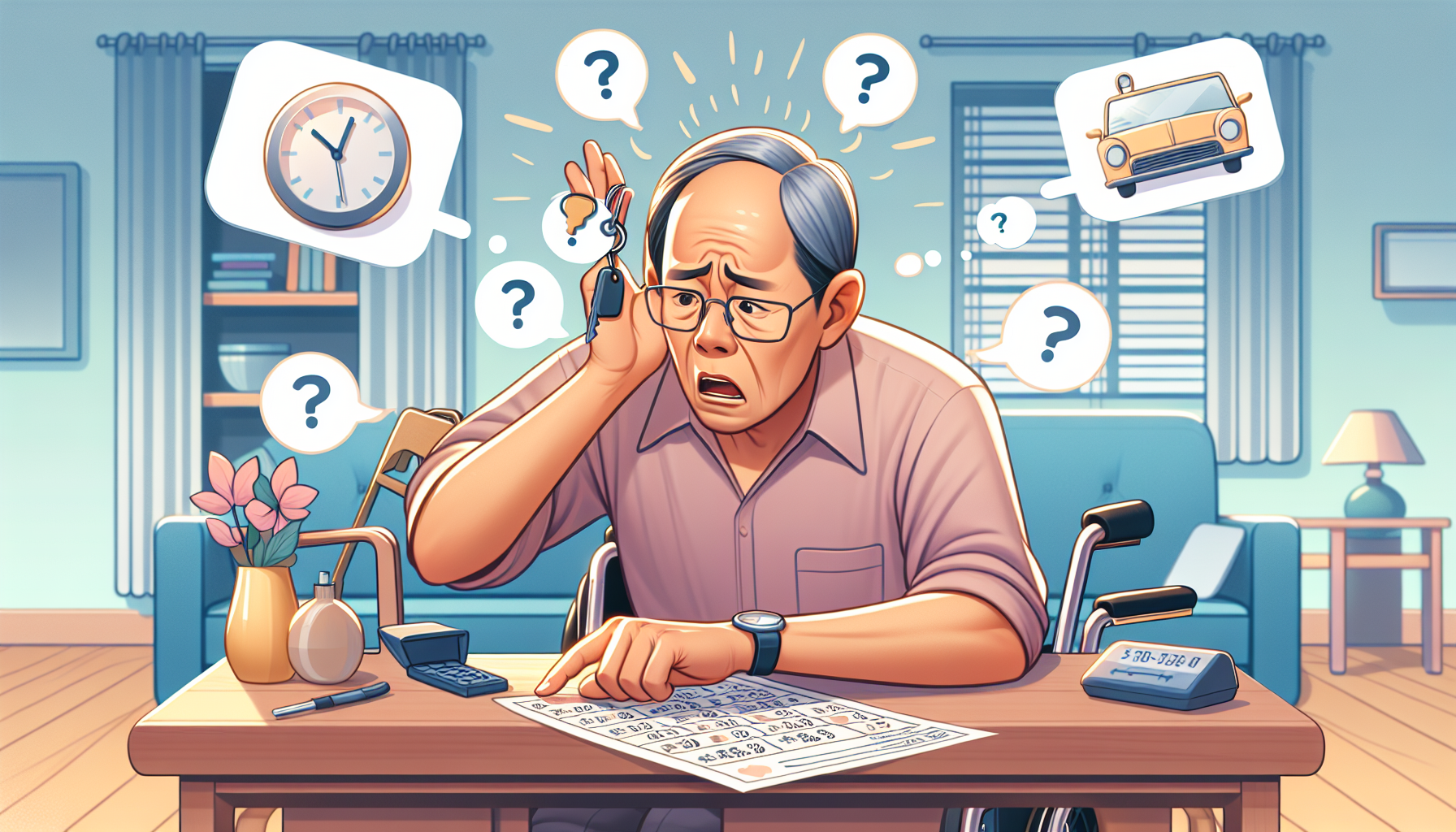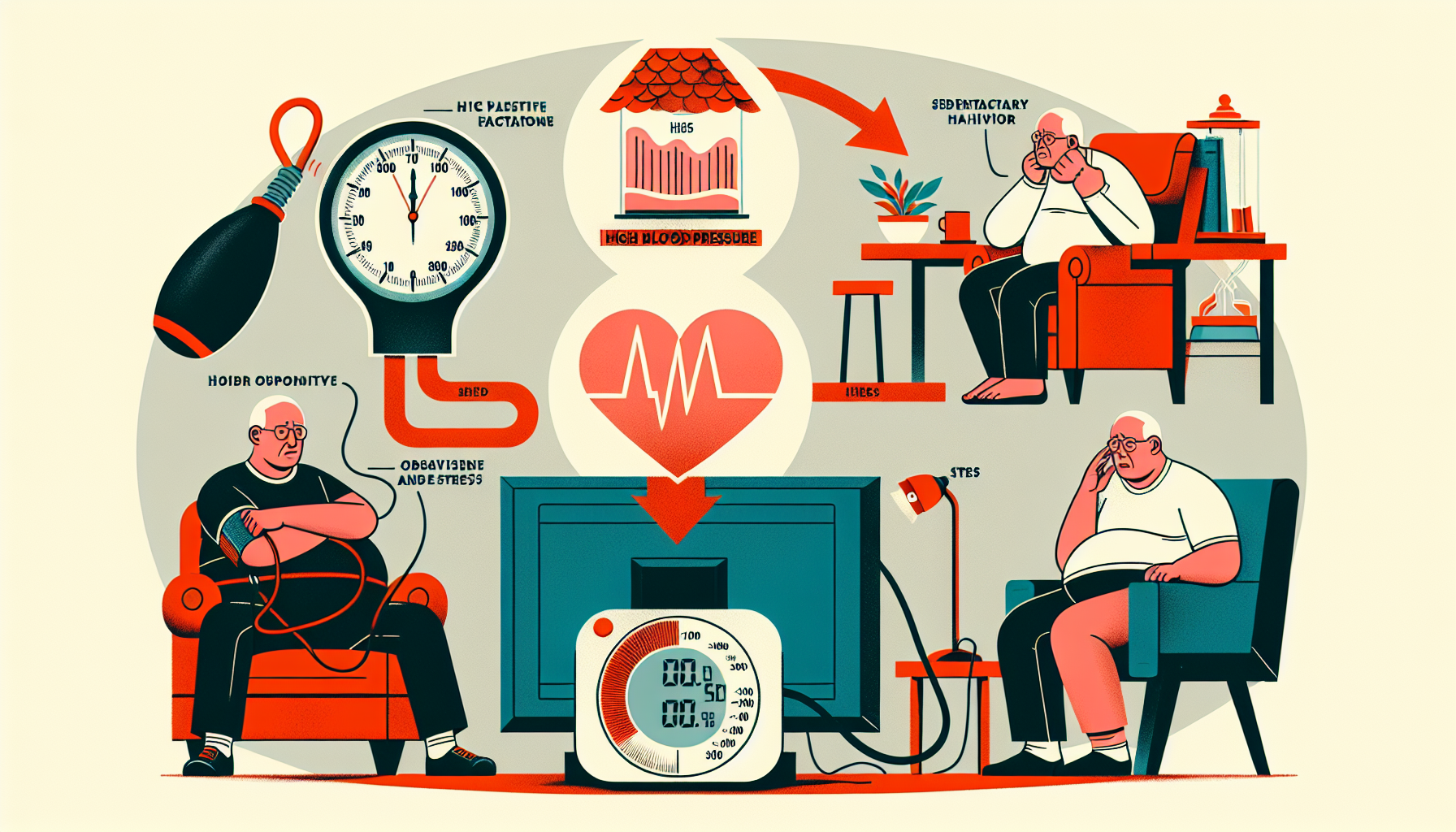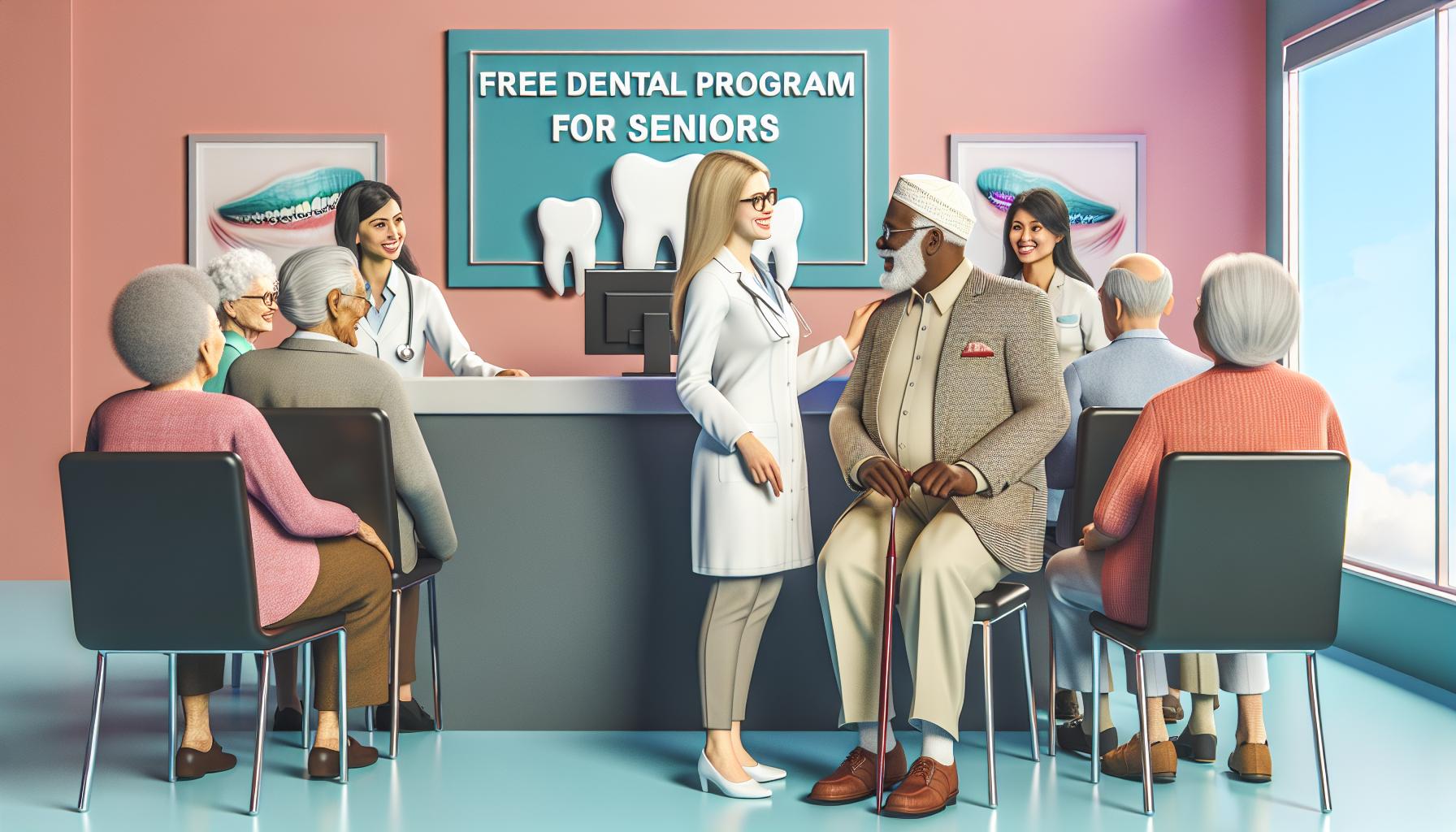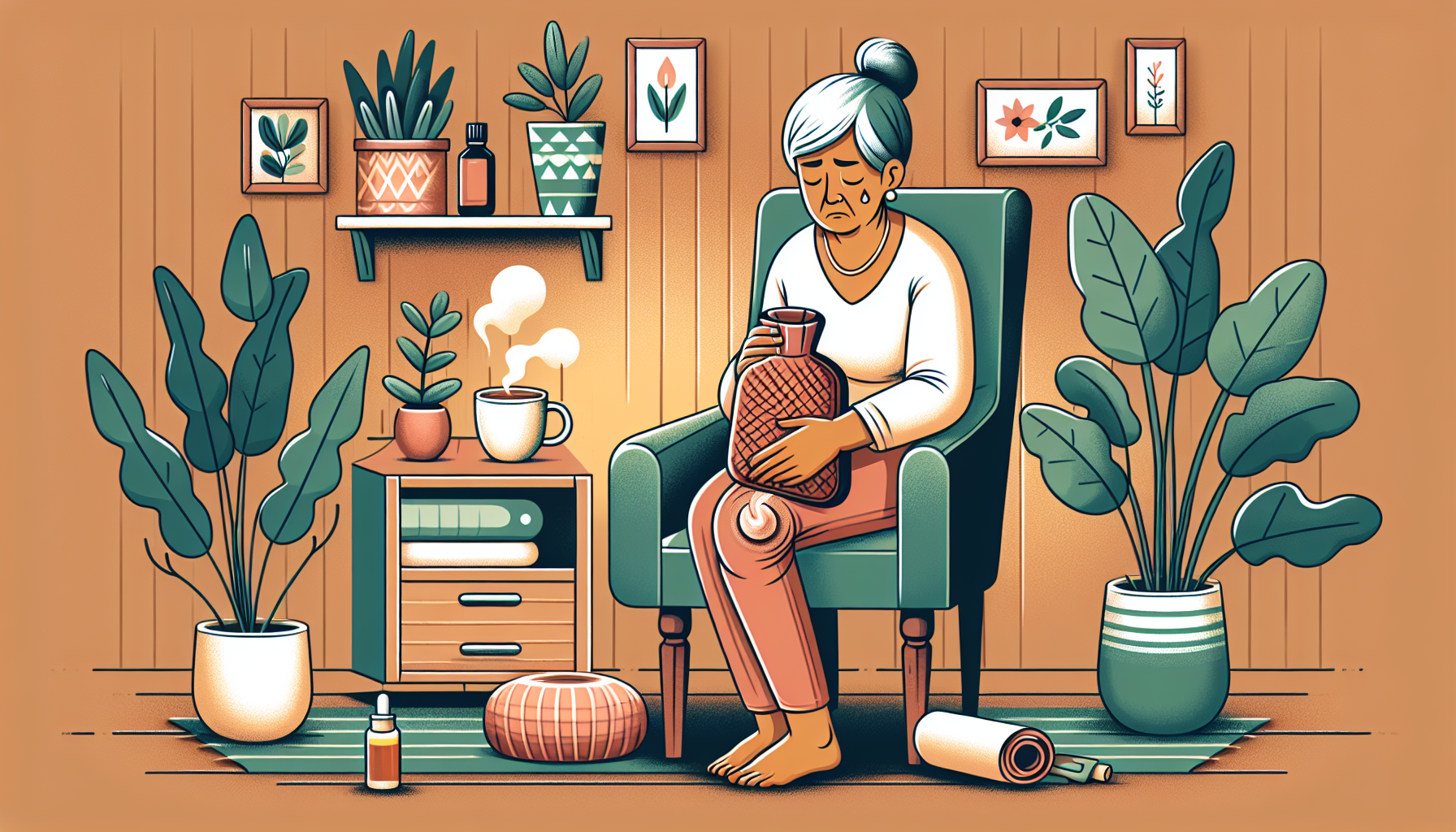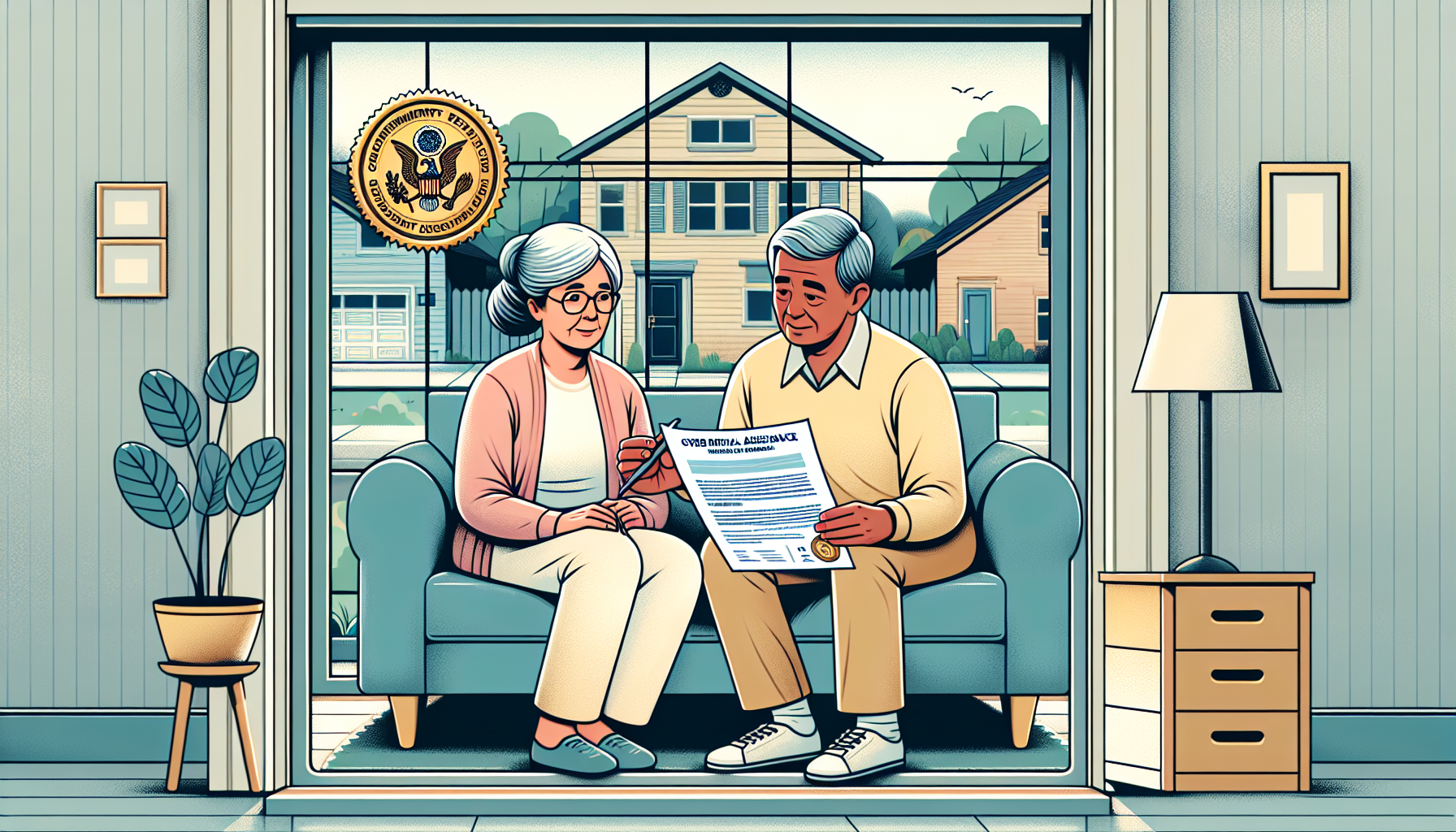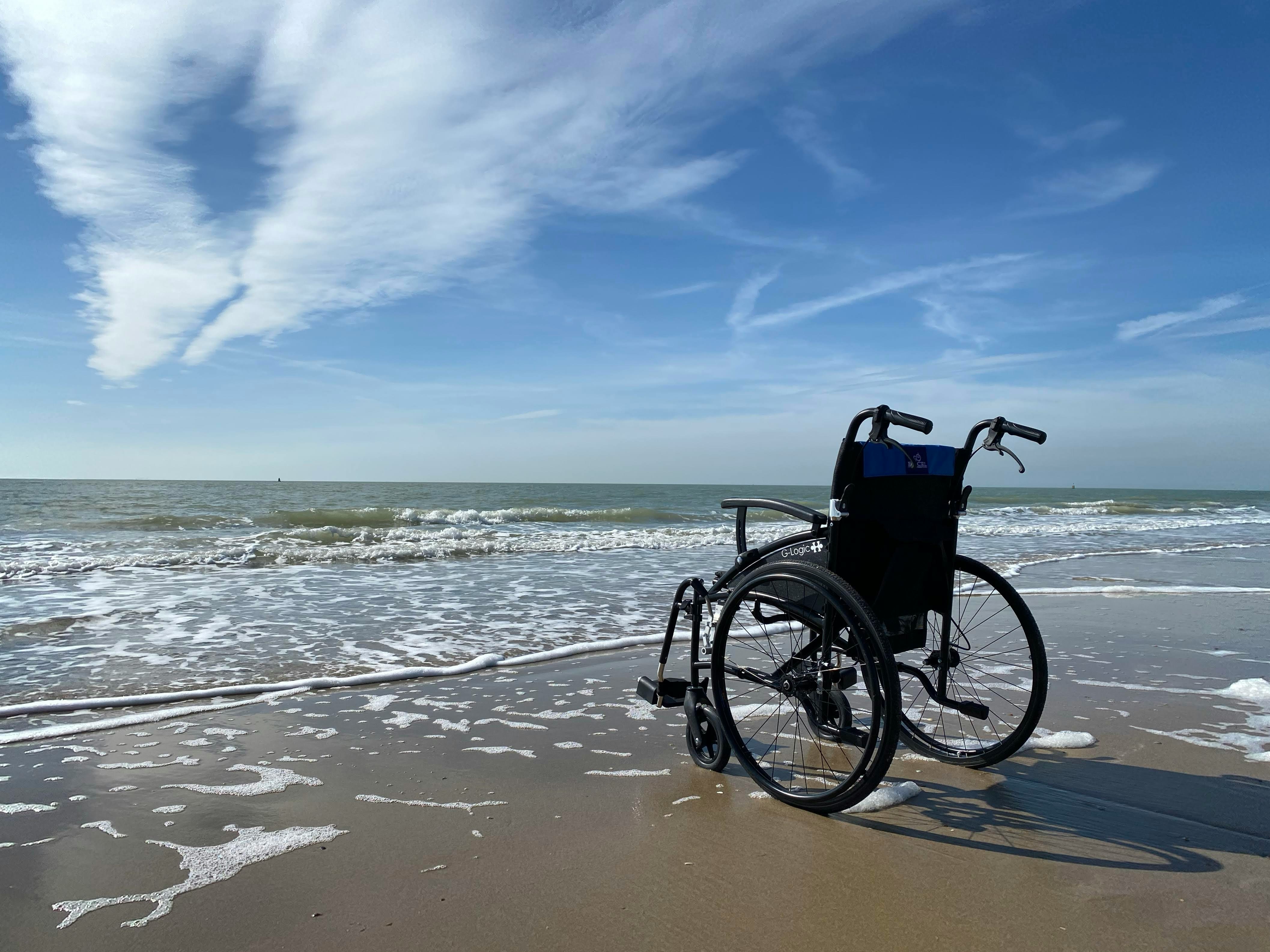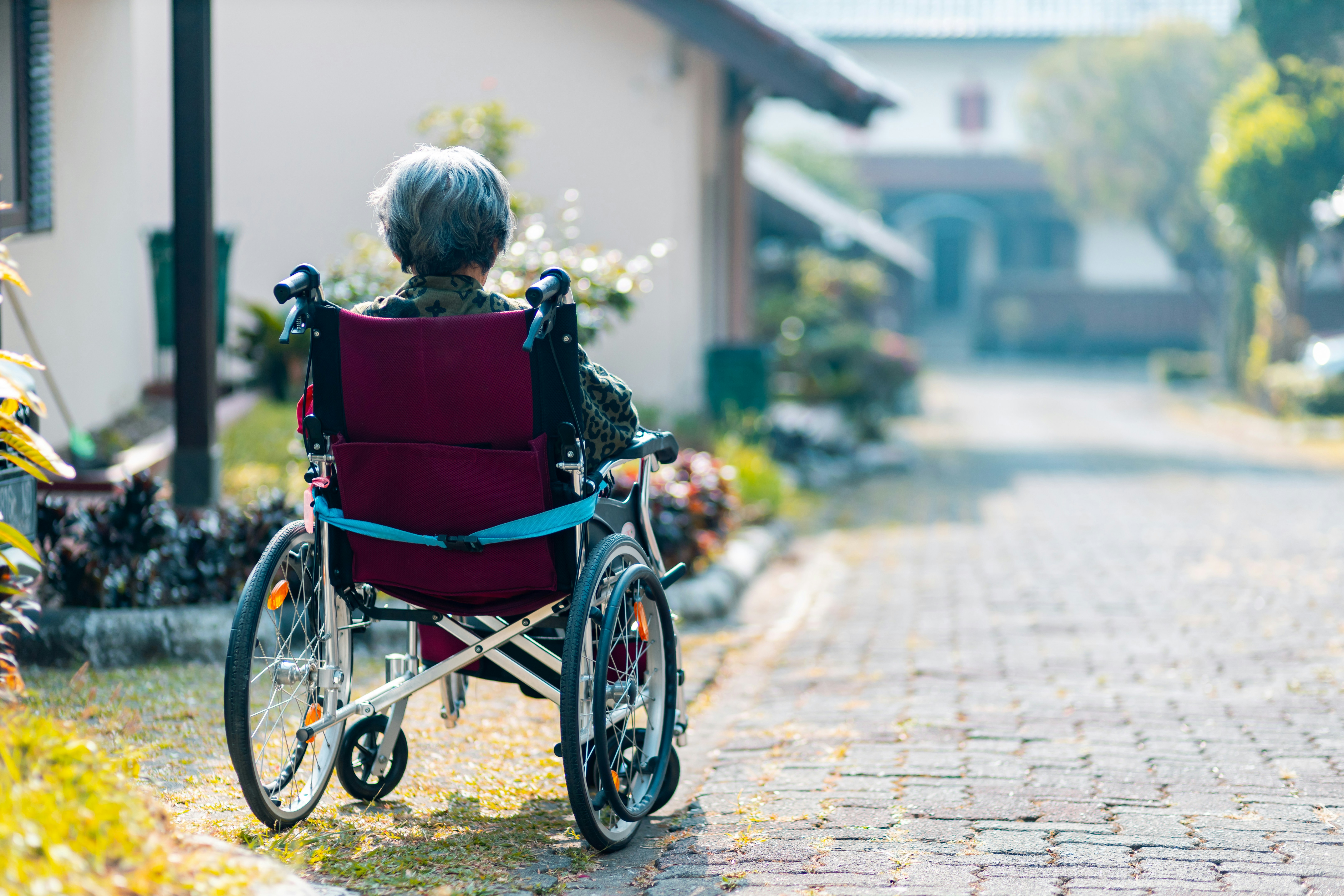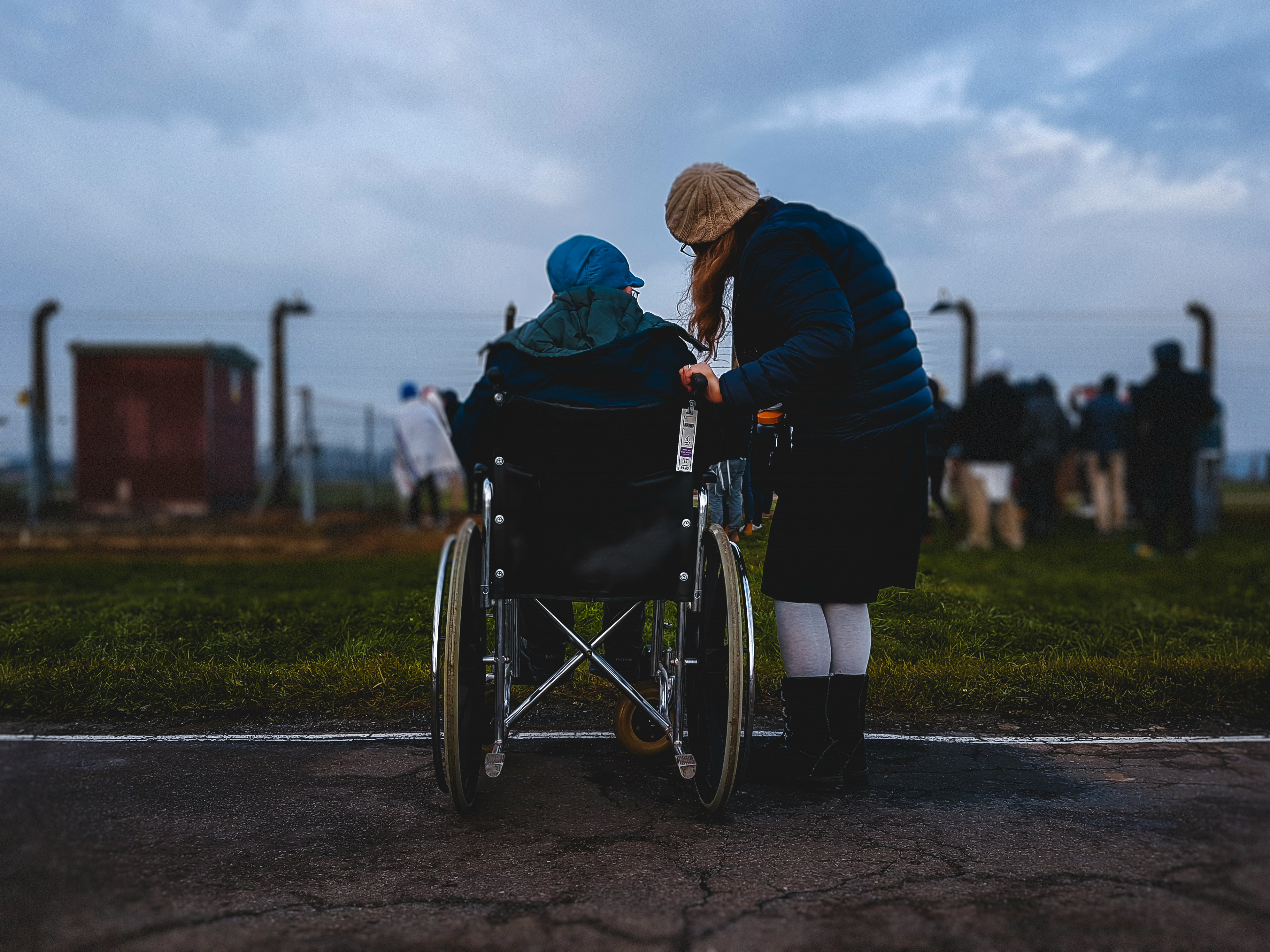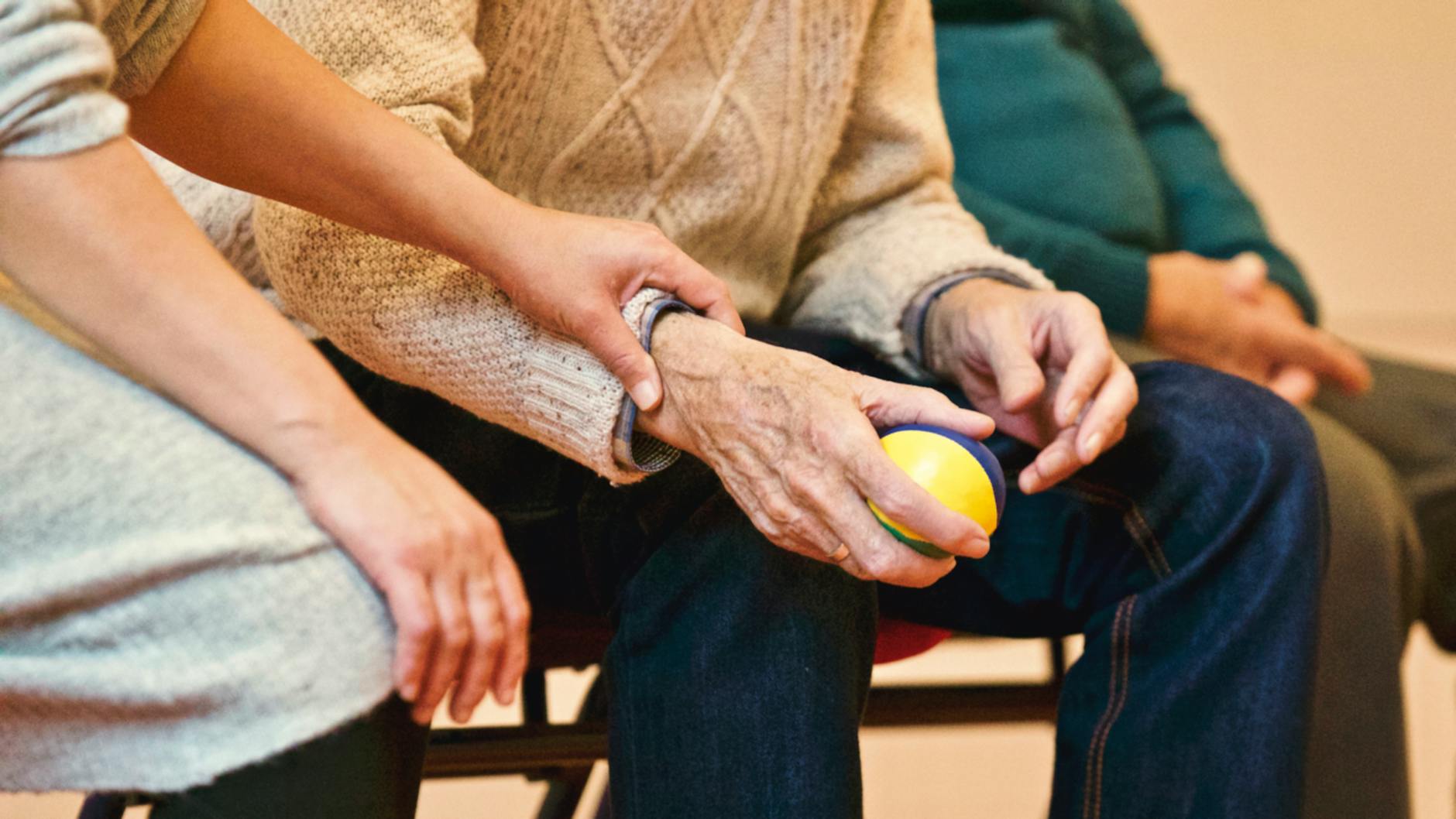How To Reduce Loneliness In The Elderly?
Discover effective strategies to reduce loneliness in the elderly. From social prescribing to innovative technology, help your loved ones thrive!

Understanding Loneliness in Elderly
Loneliness among the elderly is a prevalent issue that can have a significant impact on their overall well-being. It is essential to understand both the impact of loneliness on elderly health and the factors that contribute to this feeling of isolation.
Impact of Loneliness on Elderly Health
Loneliness can have detrimental effects on the health of older adults. Studies have shown that loneliness is associated with an increased risk of developing dementia and other serious medical conditions. The negative health impacts of social isolation and loneliness are a growing concern for public health, as they can lead to a decline in physical and mental well-being.

Loneliness is not just a psychological issue; it can also manifest as physical symptoms. Older adults who experience loneliness may have higher levels of stress, inflammation, and blood pressure, which can contribute to the development of chronic conditions. Furthermore, loneliness can exacerbate feelings of depression and anxiety, leading to a decline in mental health.
Factors Contributing to Elderly Loneliness
Several factors contribute to loneliness in the elderly. Living alone is a common risk factor, as it reduces the opportunities for social interaction and companionship [1]. Loss of family or friends, either through death or separation, can also contribute to feelings of loneliness.
Chronic illnesses and functional limitations can further isolate older adults, as they may face challenges in participating in social activities or maintaining relationships. Hearing loss, which is prevalent among the elderly, can also contribute to social isolation if it hinders effective communication.
Certain populations are at a higher risk of loneliness, including immigrants, LGBT individuals, and vulnerable older adults. These groups may face additional social barriers and discrimination, making it more challenging to establish and maintain social connections.
Understanding the impact of loneliness on the health of the elderly and identifying the factors that contribute to this feeling of isolation is crucial in developing effective strategies to reduce loneliness and improve the well-being of older adults. Caregivers and healthcare professionals play a vital role in addressing loneliness and connecting older adults to appropriate resources and interventions.
Interventions to Combat Loneliness
Loneliness among the elderly is a significant issue that can impact their overall well-being. Fortunately, there are interventions available to help combat loneliness and enhance social connections. These interventions can be tailored to suit the specific needs and circumstances of individuals. Here are three effective interventions to reduce loneliness in the elderly:
Social Prescribing Programs
Social prescribing programs have emerged as a promising approach to address social isolation and loneliness in older adults. These programs involve linking individuals with non-clinical sources of support, such as community activities, volunteering opportunities, or hobby groups. The goal is to provide individuals with meaningful social connections and engagement opportunities.
By connecting older adults with existing social services programs, social prescribing allows them to tap into local resources and activities that align with their interests and preferences. This personalized approach helps combat loneliness by fostering new connections and providing opportunities for social interaction. To learn more about elderly care services at home and other related resources, caregivers can refer to elderly care services at home.
Support Groups and Community Membership
Support groups and community membership programs play a crucial role in reducing social isolation and loneliness among older adults. These interventions focus on enhancing social skills, fostering new connections, and providing opportunities for social interaction. Support groups can be centered around a specific topic or shared experience, such as grief, chronic illness, or hobbies.
Community membership programs, on the other hand, provide older adults with the chance to join clubs, organizations, or community centers where they can engage in social activities and meet like-minded individuals. These programs often organize social gatherings, outings, and educational events, creating opportunities for meaningful connections. For more information on this topic, caregivers can refer to how to avoid loneliness in old age?.
Psychological Interventions
Psychological interventions, such as cognitive-behavioral therapy (CBT) and interpersonal psychotherapy, have shown effectiveness in addressing loneliness and social isolation in older adults. These therapies aim to improve mental well-being, address maladaptive thinking patterns, and enhance interpersonal relationships.
Cognitive-behavioral therapy focuses on identifying and modifying negative thoughts and beliefs that contribute to loneliness. Through structured sessions, individuals learn coping strategies and develop healthier ways of thinking and interacting with others. Interpersonal psychotherapy, on the other hand, focuses on improving social skills and addressing interpersonal conflicts, ultimately fostering more satisfying relationships. To learn more about psychological interventions, caregivers can refer to elder financial planning.
It's important to note that there is no one-size-fits-all approach to combating loneliness in the elderly. The effectiveness of interventions may vary depending on individual circumstances, preferences, and the degree of loneliness experienced. Caregivers should consider consulting professionals or seeking guidance from healthcare providers to determine the most appropriate interventions for their loved ones. Additionally, technological advancements are opening up new possibilities to combat loneliness, as discussed in the next section. For more information on helping elderly with technology, caregivers can refer to helping elderly with technology.
Leveraging Technology for Social Connection
In the quest to reduce loneliness in the elderly, technology can play a vital role. It offers various avenues for social connection and engagement, helping to combat social isolation and foster meaningful relationships. Let's explore three key aspects of leveraging technology for social connection: the role of internet and social media, the benefits of social robots and conversational agents, and the use of virtual reality for social engagement.
Role of Internet and Social Media
The internet and social media platforms have transformed the way people connect and interact, including older adults. According to research cited by the NCBI Bookshelf, internet use has been associated with lower levels of loneliness and increased social networks among older adults. Social media platforms provide opportunities for older adults to develop and maintain social connectedness.
Online communities and interest groups centered around hobbies, shared experiences, or common interests can be particularly valuable for older adults. These platforms enable them to connect with like-minded individuals, engage in discussions, and form new friendships. Additionally, video calling services, such as FaceTime or Zoom, allow for face-to-face interactions with loved ones, even when physical distance poses a challenge.
Caregivers can assist older adults in navigating the digital landscape by providing guidance on using technology devices, accessing online resources, and ensuring their online safety. By helping older adults harness the power of the internet and social media, caregivers can facilitate social connections and reduce feelings of loneliness.
Benefits of Social Robots and Conversational Agents
Social robots and conversational agents have emerged as innovative technological solutions for reducing social isolation and loneliness among older adults. These technologies offer companionship, engagement, and interaction, promoting a sense of connection and well-being.
According to the NCBI Bookshelf, social robots and conversational agents have shown promise in improving engagement, reducing loneliness, and decreasing the use of medications among older adults. These technologies can initiate conversations, provide reminders for medication or appointments, play games, and even engage in storytelling. They offer a source of companionship and mental stimulation, particularly for older adults who may have limited social interactions.
Caregivers can explore the availability of social robots or conversational agents specifically designed for older adults. These technologies can supplement caregiving efforts by providing additional social support and engagement.
Virtual Reality for Social Engagement
Virtual reality (VR) has gained popularity as a tool for social engagement among older adults. It offers immersive experiences and interactions that allow seniors to engage in social activities, explore new places, and connect with others. VR can help bridge geographical distances and create a sense of presence, particularly during times of pandemic-related restrictions on in-person interactions.
Virtual reality applications, such as Alcove, enable older adults to connect with people around the world, participate in group activities like virtual tours, and engage in social experiences that enhance their overall well-being and mood. Research cited by the Washington Post indicates that seniors using VR for social engagement have reported decreased feelings of social isolation and depression.
Caregivers can explore the use of virtual reality technology to enhance social engagement for older adults. Whether through virtual field trips, interactive games, or virtual social gatherings, VR can provide seniors with immersive experiences that promote social connection and reduce loneliness.
By embracing technology and its various applications, caregivers can help older adults access social connection and engagement. The internet and social media platforms enable them to connect with others, while social robots, conversational agents, and virtual reality provide additional avenues for companionship and interaction. Through the thoughtful integration of technology, caregivers can enhance the quality of life for older adults and mitigate the effects of loneliness.
Health Risks and Concerns
Loneliness and social isolation among the elderly can have significant health risks and concerns. Understanding these risks is crucial in addressing and mitigating the effects of loneliness on the well-being of older adults.
Link Between Loneliness and Dementia
Loneliness has been associated with an increased risk of dementia and other serious medical conditions in older adults. Studies have shown that social isolation was linked to about a 50% increased risk of dementia in older adults. The connection between loneliness and dementia underscores the importance of addressing social isolation and promoting social connections among the elderly.
Public Health Risks of Social Isolation
Loneliness and social isolation in older adults are recognized as serious public health risks [1]. According to a report from the National Academies of Sciences, Engineering, and Medicine (NASEM), more than one-third of adults aged 45 and older feel lonely, and nearly one-fourth of adults aged 65 and older are considered to be socially isolated [1]. These alarming statistics highlight the need for interventions and support systems to address social isolation and its impact on the health and well-being of older adults.
Vulnerable Groups at Higher Risk
Certain groups of elderly individuals are particularly vulnerable to experiencing loneliness and social isolation. Approximately 50% of individuals aged over 60 are at risk of social isolation, and one-third will experience some degree of loneliness later in life. These individuals may be at higher risk due to factors such as living alone, limited social networks, or physical limitations that restrict their ability to engage in social activities. It is essential to identify and provide support to these vulnerable groups to reduce the negative impact of loneliness and social isolation.
Recognizing the link between loneliness and dementia, as well as the broader public health risks associated with social isolation, highlights the urgency of addressing and reducing loneliness among the elderly. By implementing interventions, support systems, and community resources, caregivers can play a vital role in promoting social connections and improving the overall well-being of older adults.
Strategies for Caregivers
Caregivers play a crucial role in supporting and reducing loneliness in elderly individuals. By implementing specific strategies, caregivers can help enhance social connection and overall well-being. Here are some effective strategies for caregivers to consider:
Identifying Signs of Loneliness
As a caregiver, it's important to recognize the signs of loneliness in the elderly individuals you care for. Loneliness can manifest in various ways, such as increased sadness, withdrawal from social activities, loss of interest in hobbies, or a decline in overall well-being. By being attentive and observant, you can identify when an older adult may be experiencing loneliness.
Some indicators of loneliness in elderly individuals include:
By recognizing these signs, caregivers can take proactive steps to address and alleviate loneliness.
Connecting to Community Resources
To combat loneliness in the elderly, caregivers can help connect them to various community resources. These resources can provide opportunities for social interactions and engagement, which can significantly reduce feelings of loneliness.
Here are some community resources that caregivers can explore:
By connecting elderly individuals to these community resources, caregivers can help foster social connections and reduce feelings of loneliness.
Personalizing Interventions
Each elderly individual has unique needs and preferences, so it's important for caregivers to personalize interventions to address their specific situation. By understanding their interests, hobbies, and social preferences, caregivers can tailor activities and interventions to promote social connection and reduce loneliness.
Here are some personalized intervention ideas:
By personalizing interventions based on the individual's preferences and abilities, caregivers can create meaningful opportunities for social connection and reduce loneliness in the elderly.
As a caregiver, your role in reducing loneliness is vital. By implementing these strategies and providing support, you can make a significant positive impact on the well-being of the elderly individuals in your care. Together, we can create a more connected and supportive environment for older adults.
Future of Elderly Care
As we look ahead, advancements in technological solutions hold great promise in improving the well-being and reducing the loneliness experienced by the elderly population. These advancements not only provide opportunities for social connection but also offer comprehensive intervention frameworks that address the multifaceted needs of older adults.
Advancements in Technological Solutions
The use of technology, such as the internet and social media, has the potential to significantly reduce social isolation and loneliness in older adults. Studies have shown that internet use is associated with lower levels of loneliness and increased social networks among older adults. Social media platforms provide opportunities for older adults to develop and maintain social connectedness, enabling them to stay connected with family and friends, join online communities, and engage in meaningful conversations.
Another exciting development in elderly care is the utilization of social robots and conversational agents. These technological companions have been designed and tested as potential interventions for reducing social isolation and loneliness among older adults. Research has shown promising results, indicating improved engagement, interaction, and reduced loneliness among seniors who interact with these technologies. The use of social robots and conversational agents has even been correlated with a decrease in the use of medications, highlighting their potential in supporting the mental and emotional well-being of older adults.
Importance of Comprehensive Intervention Framework
Creating a comprehensive intervention framework is crucial for addressing the complex needs of the elderly population. Technological solutions should be integrated into a holistic approach that combines various interventions, including social prescribing programs, support groups, psychological interventions, and technological platforms. By adopting a comprehensive approach, caregivers and healthcare providers can tailor interventions to the unique needs and preferences of each individual, promoting a more inclusive and personalized care experience.
Promising Technology Platforms
Several technology platforms have emerged to support the social connection and well-being of older adults. These platforms leverage the power of technology to bridge the gap between generations, facilitate companionship, and provide opportunities for engagement and activities.
Virtual reality (VR) technology has gained traction as a tool for social engagement among seniors. It offers immersive experiences and interactions, allowing older adults to participate in virtual field trips, explore new places, and connect with others, potentially reducing social isolation and feelings of loneliness. VR experiences have been reported to be more compelling and lifelike compared to traditional video conferencing methods, providing a more immersive and engaging social interaction.
Additionally, technology platforms like Papa, Eldera, and Mon Ami connect seniors with individuals from different generations, fostering companionship, social interaction, and activities that help reduce loneliness and isolation among the elderly population. These platforms provide opportunities for meaningful connections and engagement, promoting a sense of belonging and purpose.
By embracing advancements in technological solutions and incorporating them into a comprehensive intervention framework, caregivers and healthcare providers can enhance the quality of care provided to older adults. The future of elderly care lies in harnessing the potential of technology to address the social and emotional needs of seniors, fostering social connection, and reducing loneliness in this vulnerable population.
References
[2]:
[3]:
[4]:









